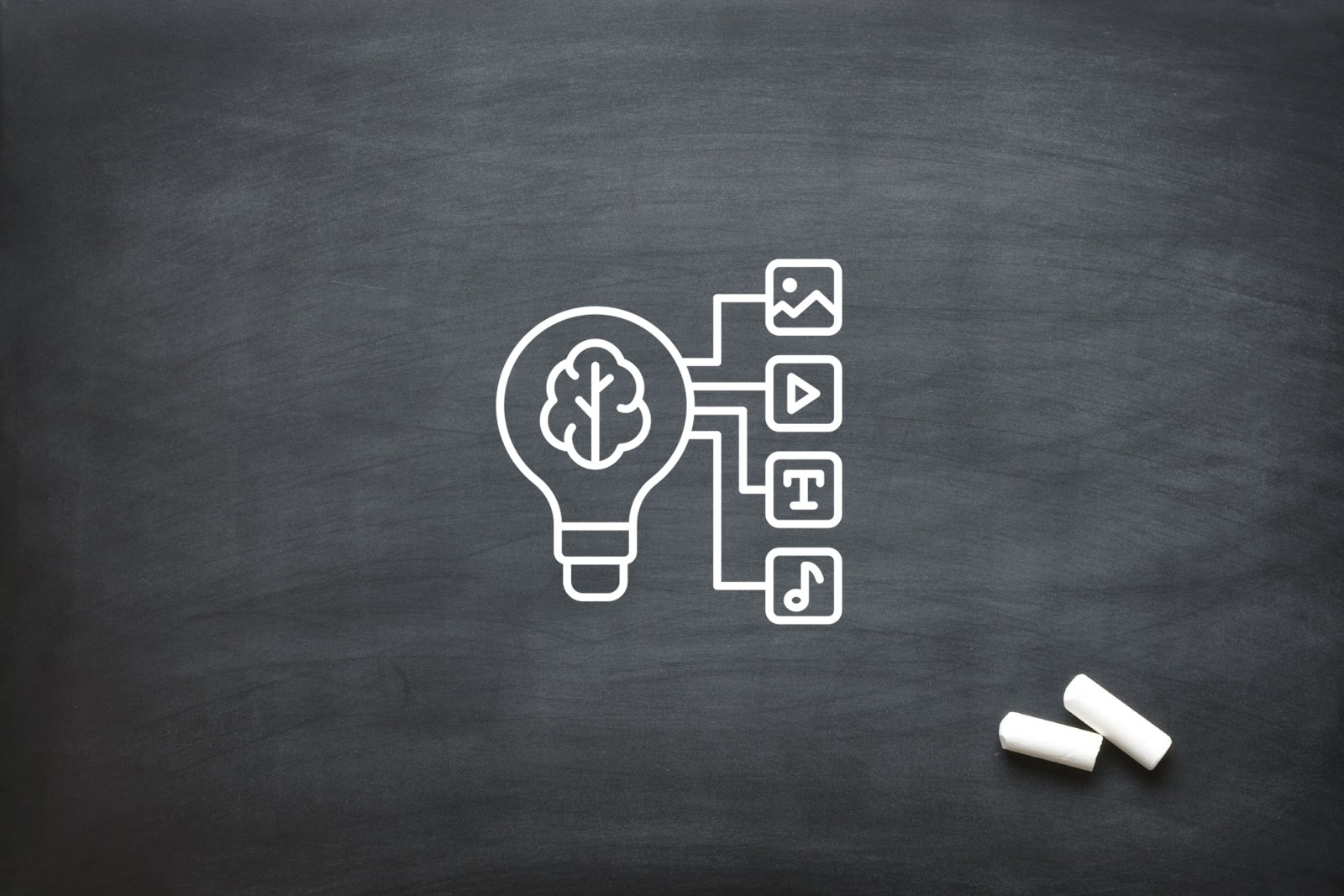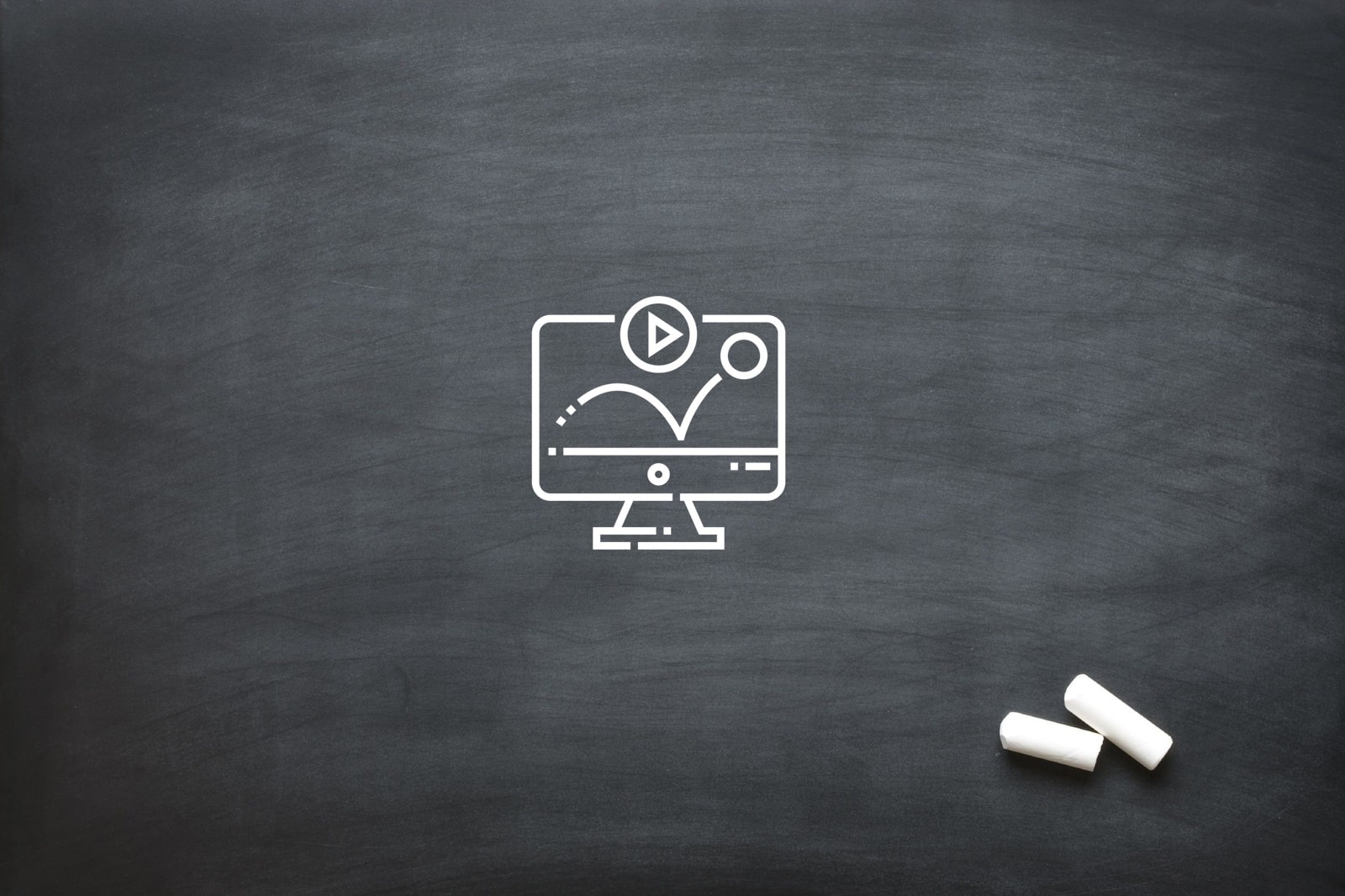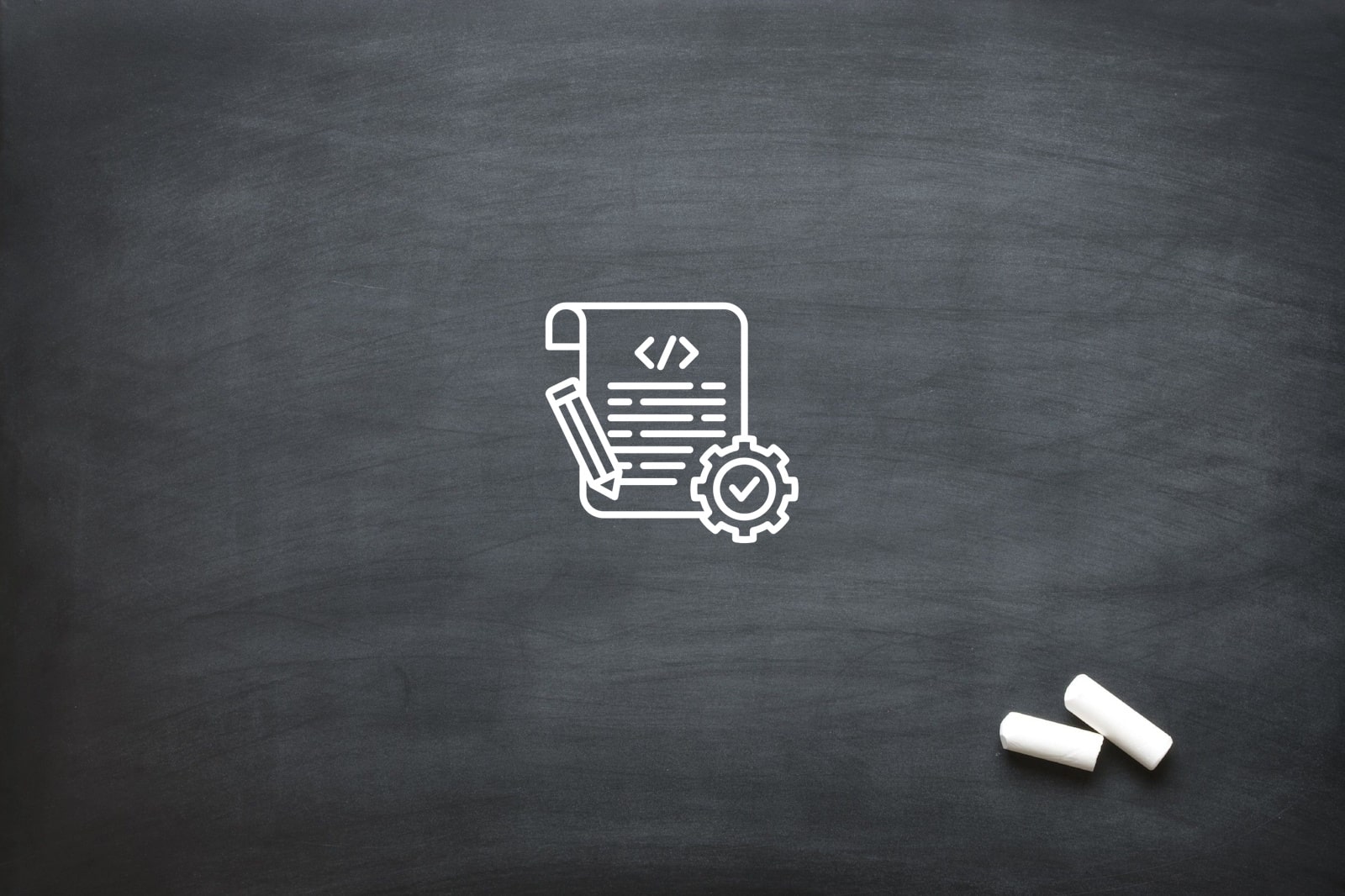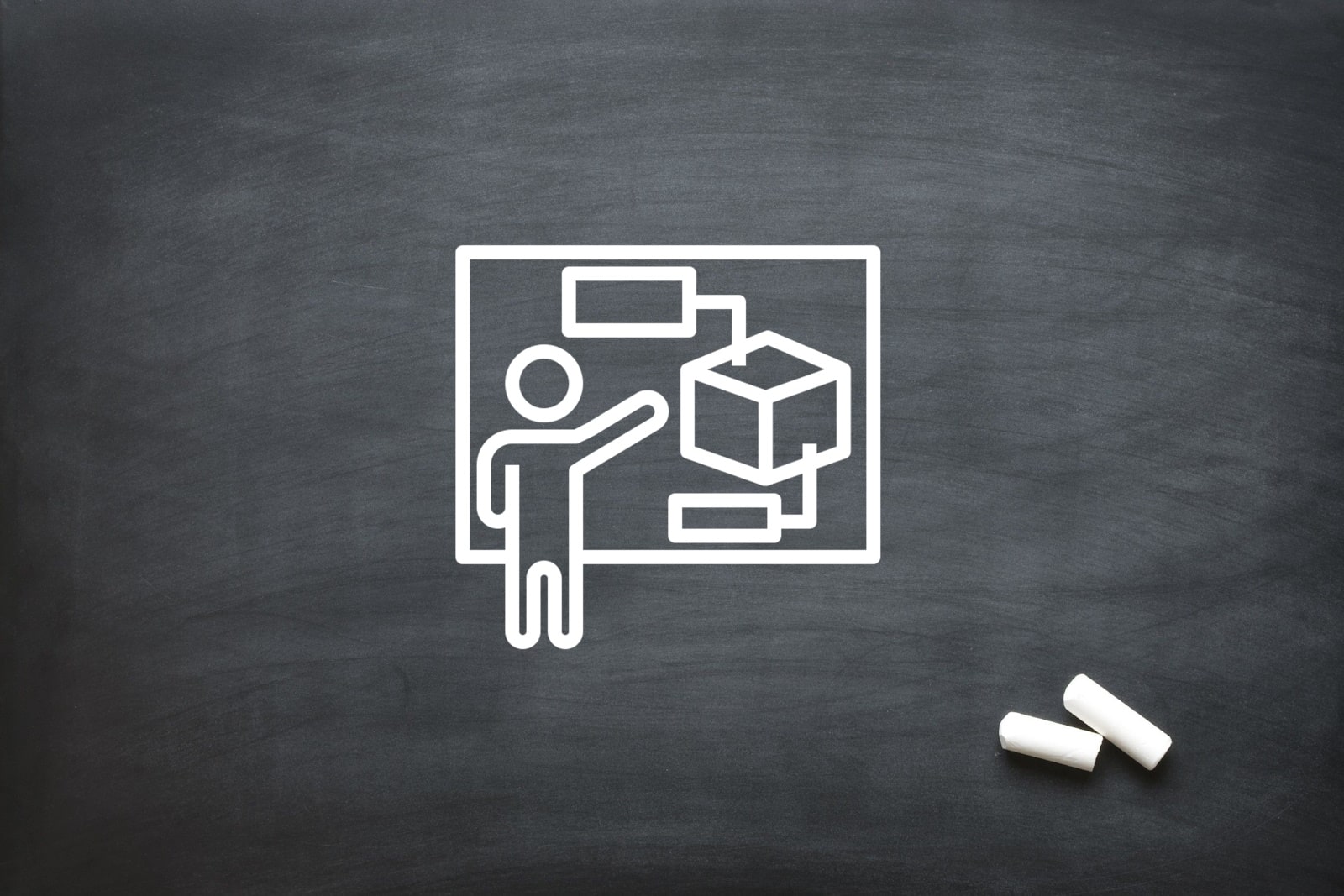
3D Animators and AI: The Intersection
The world of 3D animation is transforming at an unprecedented pace as artificial intelligence integrates into nearly every aspect of production. AI is not just an automation tool; it is rapidly becoming a collaborative partner for 3D animators, enabling faster rigging, efficient motion capture cleanup, and entirely new methods of asset generation. These innovations empower 3D animators to create more intricate and believable animations while focusing on their artistic and storytelling strengths.
From AI-assisted rigging to predictive animation tools, each of these advancements reshapes workflows that were once bottlenecks. They offer 3D animators the freedom to ideate and experiment rather than being bogged down by technical minutiae. This detailed overview explores the key ways AI is redefining animation production, providing insights valuable to any studio, freelancer, or creative agency aiming to stay ahead.
AI-Assisted Rigging
Rigging is often considered one of the most laborious stages in 3D character setup, requiring careful placement of joints, bones, and skin weights to ensure natural deformations. AI-assisted rigging has emerged as a solution that automates these time-consuming processes. Using neural networks trained on vast datasets of human and creature anatomy, these systems generate skeletons and assign skin weights almost instantaneously, giving 3D animators a solid technical foundation without manual rig building.
This AI integration means characters can move from concept to animation-ready in a fraction of the traditional time. For 3D animators, this unlocks opportunities to create larger rosters of characters for a project or iterate rapidly on design variations. By reducing the burden of technical rigging, AI empowers artists to focus on expressive poses and performance nuances that bring characters to life in unique and memorable ways.
Procedural Animation with Machine Learning
Procedural animation allows 3D animators to generate complex motion patterns programmatically, but when combined with machine learning, it reaches a new level of sophistication. By training models on motion capture data, animators can produce walking, running, or acrobatic actions that respond dynamically to terrain and environment changes. Machine learning bridges the gap between physics-based realism and artistic control.
This means 3D animators can direct high-level behaviours such as agility or aggression in a character while the AI system fills in all the grounded, weight-shifted movement naturally. The result is an enhanced sense of realism and immersion for audiences, especially in games or interactive environments. These tools free up animators from manually keyframing thousands of frames, accelerating production while maintaining high-quality output.
AI-Driven Motion Capture Cleanup
Motion capture remains a standard for realistic movement, but cleaning noisy or incomplete mocap data has traditionally consumed vast hours of animator time. AI-driven mocap cleanup systems now automate the detection and correction of foot slippage, jitter, and missing data by learning from large mocap datasets. This gives 3D animators near-production-ready data after only minimal adjustments.
For large studios and indie creators alike, these tools enable quicker turnaround for performance capture integration into final scenes. 3D animators can dedicate their efforts to refining performance subtleties and ensuring character intent shines through, rather than dealing with technical clean-up. This marks a significant efficiency boost in pipelines that rely heavily on mocap, such as cinematics, feature films, or virtual production.
Deepfake Techniques for Facial Animation
Deepfake technology is revolutionising facial animation by allowing 3D animators to map performances onto digital characters rapidly. Using AI-driven face-swapping and neural retargeting, animators can record a performance and transfer it directly onto a 3D facial rig with accurate lip sync and emotional nuance. This removes the need for intensive manual keyframing to achieve believable facial expressions.
For studios, this means an actor’s performance can be reused across multiple characters efficiently, while still retaining their unique style and delivery. 3D animators benefit from enhanced creative possibilities, enabling quick iteration and experimentation with different facial performances, expressions, and timing to optimise storytelling and character believability in both cinematic and real-time projects.
Generative AI for Asset Creation
Generative AI models such as diffusion systems and GANs now allow 3D animators to create props, textures, and environment assets procedurally. These tools can synthesise highly detailed textures and generate concept-ready models in minutes, matching the art direction and style guidelines set for a project. For environment creation, this means forests, cityscapes, or interior sets can be rapidly expanded without exhaustive manual modelling.
Such capabilities empower 3D animators to focus on creative scene composition and storytelling rather than spending hours on asset development from scratch. This generative approach not only accelerates production timelines but also ensures stylistic consistency across large environments, supporting expansive world-building for games, visualisation, and cinematic projects.
AI-Powered Crowd Simulation
Animating large crowds with believable autonomy has always been a challenge. AI-powered crowd simulation systems harness reinforcement learning to give individual agents realistic behavioural responses to environmental stimuli and to each other. This allows 3D animators to create bustling city scenes, dynamic stadium crowds, or chaotic battlefield sequences without animating each character manually.
These systems grant animators control over crowd mood, density, and general movement direction, while the AI ensures collision avoidance, attention direction, and body language nuances. For 3D animators, this combination of top-down control with AI-driven emergent behaviour streamlines complex scene creation while retaining naturalistic results crucial for immersion and storytelling.
Voice-to-Animation AI
Voice-to-animation AI converts dialogue audio directly into facial and lip-sync animation. By analysing phonemes and speech prosody, these models generate mouth shapes and facial expressions that align perfectly with spoken performance. This enables 3D animators to integrate voice acting into animated characters without manually animating each mouth pose or expression.
Such systems are becoming increasingly accurate, capturing subtle emotional cues from the voice to inform brow raises, eye movements, and head tilts. For 3D animators, this dramatically speeds up production on dialogue-heavy scenes and ensures consistent, high-quality lip-sync across entire projects, allowing them to focus on performance direction and visual storytelling impact.
Style Transfer in Animation
Style transfer in animation uses AI to replicate the artistic or motion style of one clip onto another. This has proven valuable for 3D animators seeking to harmonise visuals across a project or adopt a specific aesthetic rapidly. Whether matching a painterly texture style or replicating the movement feel of a reference animation, AI-driven style transfer delivers consistent results without manual repainting or retargeting.
This capability enhances creative flexibility, as 3D animators can experiment with different styles efficiently during production. It reduces workload while maintaining artistic control, supporting pipelines that need frequent stylistic revisions or adaptation to evolving creative briefs without restarting from scratch.
Automated Camera Animation Tools
Automated camera animation tools use AI to analyse a scene’s composition, character positions, and narrative beats to suggest optimal camera angles, paths, and movements. This assists 3D animators in achieving cinematic framing that enhances storytelling without intensive manual layout work.
For creators working under tight deadlines, these tools speed up the previsualisation process and allow rapid iteration on shot designs. While AI handles technical calculations of camera physics, angles, and cuts, 3D animators retain creative authority to refine or override choices, ensuring final outputs remain visually engaging and narratively effective.
Predictive Animation Tools
Predictive animation tools observe and learn from an animator’s workflow to suggest in-between frames, motion arcs, or keyframe placements. They act as intelligent assistants, offering recommendations based on learned animator preferences and typical motion physics, effectively streamlining repetitive tasks in complex animations.
This allows 3D animators to spend less time calculating ease-in and ease-out curves or manually adjusting motion paths and more time focusing on storytelling, emotional nuance, and creative flourishes. Such tools improve consistency in animation quality while supporting artistic freedom.
AI’s integration into 3D animation is transforming the creative landscape by automating labour-intensive processes and enhancing artistic capabilities. From rigging and mocap cleanup to voice-driven lip sync and predictive keyframing, AI empowers 3D animators to work faster, smarter, and more creatively.
At Oliver Karstel Creative Agency, we incorporate these innovations into our workflows to deliver impactful, efficient, and deeply crafted animated stories. If you are looking to integrate AI into your animation projects or need an experienced team to elevate your ideas with the latest techniques, contact us today. Let us bring your vision to life with intelligent artistry.






